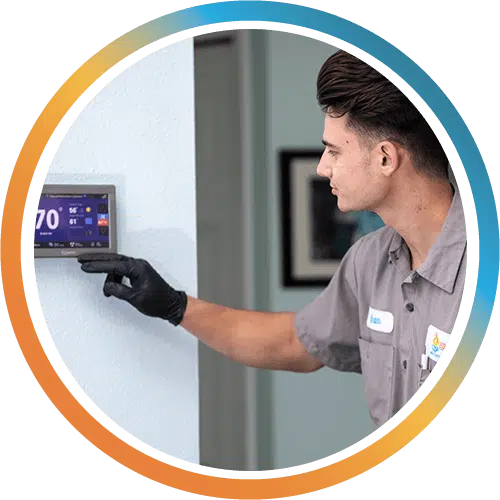
Few things ruin a day more quickly than allergies or an asthma attack. One minute you’re enjoying time with your kids, the next you’re breaking into your second box of tissues, struggling to breath. No matter what the weather’s like in Melbourne, Florida, it can feel like you have no control over your allergies. While you can’t turn on or off your allergies, you can limit your reactions by reducing the allergy-causing symptoms in your home. Here are four ways to take control of your allergies.
Identify Your Vulnerabilities
If you really want to get your allergies under control, you first need to identify the allergens that most affect you. The sneezing that hits you every time you come home could be caused by everything from your pet’s dander to pollen that was tracked in from outside. If you put all your efforts into eradicating an allergen that isn’t actually bothering you, you’re wasting efforts that could be employed more effectively elsewhere. Your doctor will be able to administer a test to see which allergens are causing you the most grief.
Keep Allergens Outdoors
If you find that your allergies get worse when you go outside and lessen when you’re in your home, you’re likely allergic to pollen or another outdoor airborne allergen. The key to taking control of those allergies is to keep them where they belong: outside. There are several ways to do this, but the easiest way is to put a welcome mat at your door. When you enter your home, take your shoes off there and ask guests to do the same. The mat will catch many allergens that would otherwise get tracked into your home.
The second key to keeping allergens outdoors is to seal off your home. Don’t open windows when the pollen count is high. If you have drafts around windows or doors, run a fresh layer of caulk around the windows and stick some weatherstripping to your doorframes. Just remember that while you want to keep your home sealed, you don’t want your air to go stale. You may need to have a whole-home ventilator installed to keep air circulating.
Keep Clean
No matter how hard you try, some allergen particles will inevitably stick to you and to the surfaces in your home. Clean your home often, especially the places that are easy to forget, such as blinds, windowsills, floors, and bedsheets. Keeping the area around your HVAC system free from dust and debris will also quickly increase your indoor air quality.
If you’ve been outdoors and your nose won’t stop running, take a quick shower. The water will wash off particles that have stuck to your skin. Put on fresh, clean clothes once you’re finished.
Be Careful With Pets
We know that your pets are part of the family, so you’ve kept them around even though you know you’re allergic to their dander. Don’t worry. There are ways to limit your allergic reactions without getting rid of your beloved pet. First, you need to understand that dander isn’t necessarily the problem; it’s a protein that lives in your dog or cat’s saliva. For whatever reason, humans are allergic to this protein. When your pet licks their fur, the protein covers the dander, which then ends up all over your home and causes you to suffer an allergic reaction.
The easiest way to limit the effects of pet allergens is to clean them up often. Get the saliva and dead skin flakes out of their fur with a god brushing and a bath. You should also avoid letting your pet lick you, especially in the face. You shouldn’t allow the cat or dog into certain areas of the home, especially your bedroom, so you can at least find some places of relief from your symptoms.
You deserve some respite, a moment where you can draw a fresh breath through a clear nose. All it takes is identifying what affects you most and attacking those symptoms at the source. For professional assistance increasing the indoor air quality in your home, call Ellington Air Conditioning and Heating today at(386) 260-2633.



